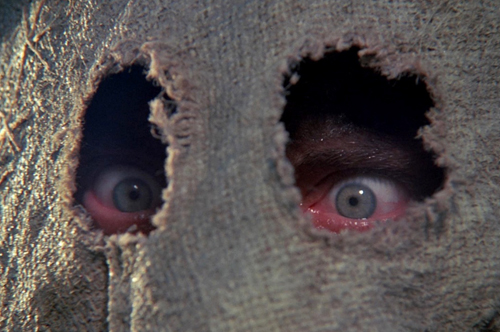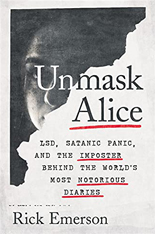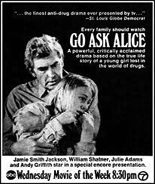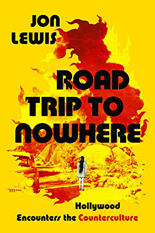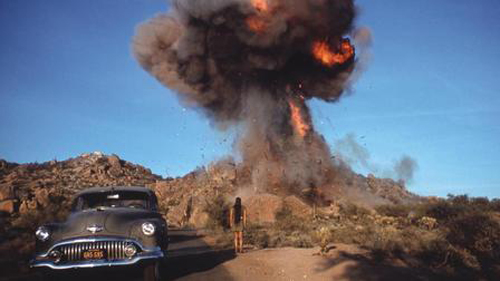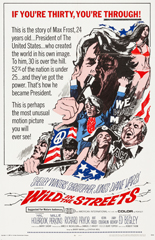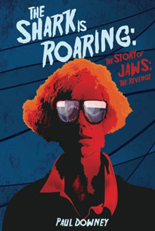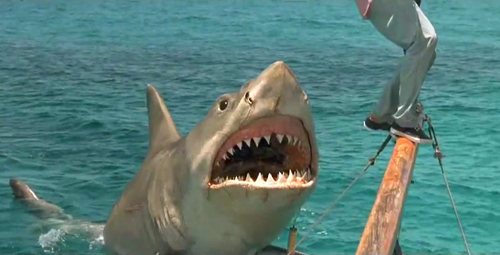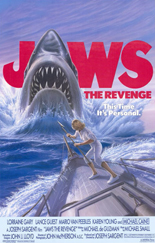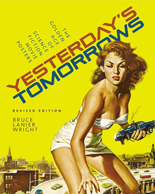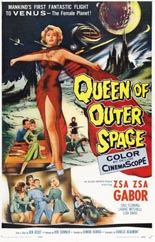
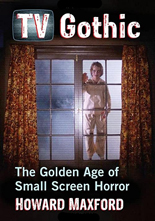 Two things about the title of TV Gothic: The Golden Age of Small Screen Horror could limit the trade paperback’s potentially fervent audience. First, “TV Gothic” suggests it only covers Gothic horror, whereas author Howard Maxford covers horror in general.
Two things about the title of TV Gothic: The Golden Age of Small Screen Horror could limit the trade paperback’s potentially fervent audience. First, “TV Gothic” suggests it only covers Gothic horror, whereas author Howard Maxford covers horror in general.
Second, “The Golden Age” suggests it covers only a finite range of years — possibly the 1970s, based on the Salem’s Lot image adorning the front — but in truth, Maxford truly scours tube history for seemingly every relevant show to hit the airwaves shortly after the medium’s inception. A boo show here and a boo show there, everywhere a boo show — many more exist than you think, and while some may merit a mere sentence or two, inclusion is the name of Maxford’s game. If the subject interests you, roll the dice!
Now, if you’re hoping for an episode guide of the genre’s most prominent series, don’t, because TV Gothic is not that book. (However, that book already exists, as John Kenneth Muir’s Terror Television, highly recommended and also from McFarland & Company.) It’s also not an encyclopedia as Maxford’s 2018 book, Hammer Complete: The Films, the Personnel, the Company (yep, McFarland again), was.
So what is this one? Reading TV Gothic is akin to sitting Maxford in the comfiest chair possible and asking him to tell you the complete story of the previous millennium’s cathode-ray chillers. The result: a fact dump that might annoy if it weren’t so damned thoroughly, meticulously researched. He includes everything you expect: Dark Shadows, those wonderful ’70s made-for-TV movies, Kolchak: The Night Stalker, all the anthologies, The X-Files, the UK Christmas ghost stories and the kiddie cartoons. Each short-lived show I recall from my youth — Cliffhangers, Darkroom, et al. — is covered.
Along the way are more shows since forgotten, if you noticed them at all — Shirley Temple’s Storybook, anyone? TV Gothic is such a wealth of information, it should be unbelievable … yet here it is. My largest point of dissent is that Maxford stops at 2000, other than including a list in the appendix. Certainly I’m not the only one wanting to reminisce about Garth Marenghi’s Darkplace and Harper’s Island? —Rod Lott

